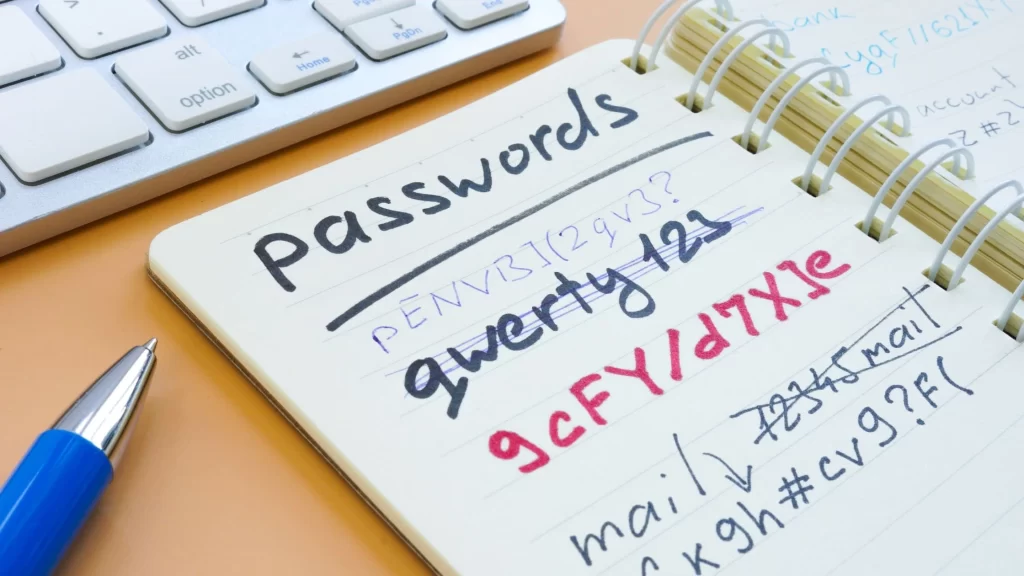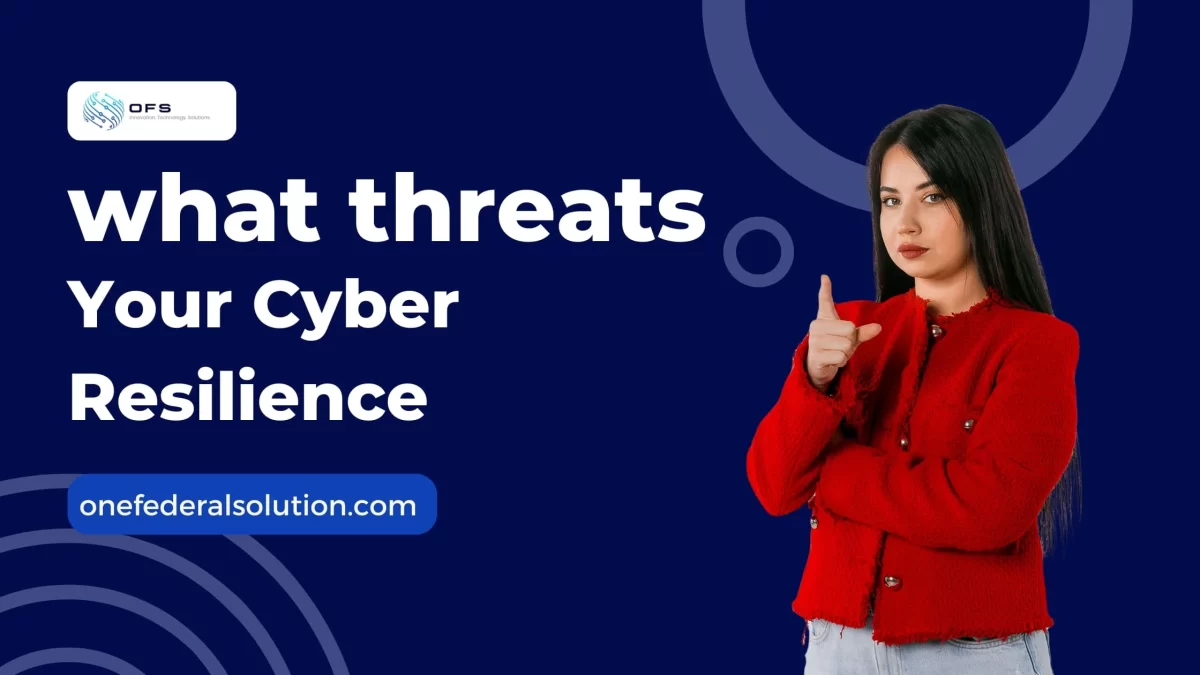Did you know? 30,000 websites are hacked a day while 62 data incidents take place every second. 69% of enterprise security executivesadmitted that their data was stolen by “insiders”. Even worse, 4 out of 5 victims [of a breach] don’t realize they’ve been attacked for a week or longer.
These statistics are quite scary. Isn’t it?
In this scenario, you can’t solely rely on your antivirus to prevent data breaches. cyber resilience is constant process, where you need to alert against the latest threats.
Cyber resilience specialists are tired of losing ground to hackers, so they’re collaborating with members of their firms’ C-suites and boards of directors to implement a strategy called cyber resiliency, which some believe is more feasible than prevention.
Even amid a crisis, resiliency means a company can continue to produce the desired goal. It combines information security, business continuity, and resilience to create a cyberattack-resistant corporation.
In this blog, we have come up with six common security mistakes you should avoid to safeguard your cyber resiliency.
Using Weak or Simple Password:

Using a strong password is the basic lesson of cybersecurity. However, many businesses use simple and easy to remember passwords like 1234, ABCD or date of births. Sadly, these passwords are easily cracked by modern software.
According to one report, over 80% of data breaches are caused by weak passwords or stolen passwords.
One study claims that 24 Percent of Americans use easy to remember passwords have experienced hacking and password stealing. 123456, QWERTY, welcome, admin, and abc123 have been listed as the “worst and terrible” passwords by Splash.com in its study.
Therefore, you need to make your password bit complicated by using numbers, letters and special characters. See if your systems are compatible with advanced authentication techniques like retina scanning or fingerprint scanning.
Lacking Employee Training:
Human error accounts more than 90% of the data security incidents, according to a report by IBM.
The errors your management or employee may make are sharing passwords, sending the data to wrong person, falling for phishing scheme, allowing accounts with no ownership to exist, and letting anybody using the devices on the business’s system.
Remember, your all security measures are of no use unless your employees are aware of cybersecurity. You can educate them on cybersecurity by….
- Conducting regular cyber security and training sessions
- Planning and implementing robust security policies
- Testing their knowledge about cyber security more often
- Alerting them to the dangers of hacking
Not Upgrading Your Software Regularly:
Do you ignore or close the messages reminding you about upgrading the software? Allowing software updates is an important thing to reinforce your cyber security. These updates keep your computer safe as they fix the bugs deployed by the hackers for getting a remote access of your system without your knowledge. If you don’t upgrade your software, your system is prone to viruses, malware and other types of attacks.
Relying Solely on Antivirus:

In today’s threat landscape, anti-virus technologies are not enough to thwart persistent and advanced cyber-attacks.What can be good example of this when a popular antivirus brands failed to identified the infamous 2013 attack launched by Chinese hackers on the New York Time. Most of the traditional antiviruses are not effective enough to prevent sophisticated attacks. And the dated technology of your antivirus won’t deal with the new viruses created every day.
In this scenario, you can do is to update your system often to minimize the spectrum of attacks.
Not Taking Your Data Backup:
It is important that you back up your data. Having an offsite backup option will help you retrieve the data after cyber-attack or other IT disaster. Cloud storage is an effective and convenient way to store and access your data on a daily basis.
Focusing Only on Critical Servers:
Businesses generally are not aware of the interconnectedness of networks. This is why they don’t realize that only focusing on critical servers may create a route for hackers to other devices or network that are less or no secured. Even a malicious access to your employee’s laptop can pose a threat to your entire network.
To avoid such loopholes, you should cover each part and devices of your network.
Not Implementing a Comprehensive Threat Model:
Simply put, a risk assessment of digital threats is required. It is highly recommended that a team comprised of representatives from the IT department, business units, and higher management collaborate to develop a security-threat model for the company, keeping in mind the following points:
- What would an assailant hope to accomplish?
- What is the most straightforward way for an attacker to accomplish this?
- What are the dangers, how serious are they, and how likely are they?
An accurate threat model allows IT professionals to put security measures in place where they are most needed, rather than wasting resources.
Not Opting for a Cyber-security Audit:
It’s important to conduct penetration tests at least once a year, as new weaknesses are found and new attack vectors are developed all the time. And, as soon as possible, fix identified weaknesses.
A security audit can help you determine whether your business and technology processes face any cybersecurity challenges or hazards.
A cybersecurity audit is a thorough examination and analysis of your company’s IT infrastructure. It detects threats and vulnerabilities, highlighting weak links and high-risk practices. It is the most used way for determining conformity. It is used to assess something (a firm, system, product, etc.) against a set of criteria in order to ensure that the requirements are met.
You can select the best cybersecurity services firm to examine your organization’s security strengths and weaknesses after you understand the need of an IT audit.
While these are frequent blunders in cyber resilience, there are methods you can take to strengthen your defenses against hackers. Multi-factor authentication, continuous monitoring, and secure access service edge (SASE) are some of the tools that can help you avoid a compromise. Contact us to learn more about utilizing the best technologies for cyber resilience.

